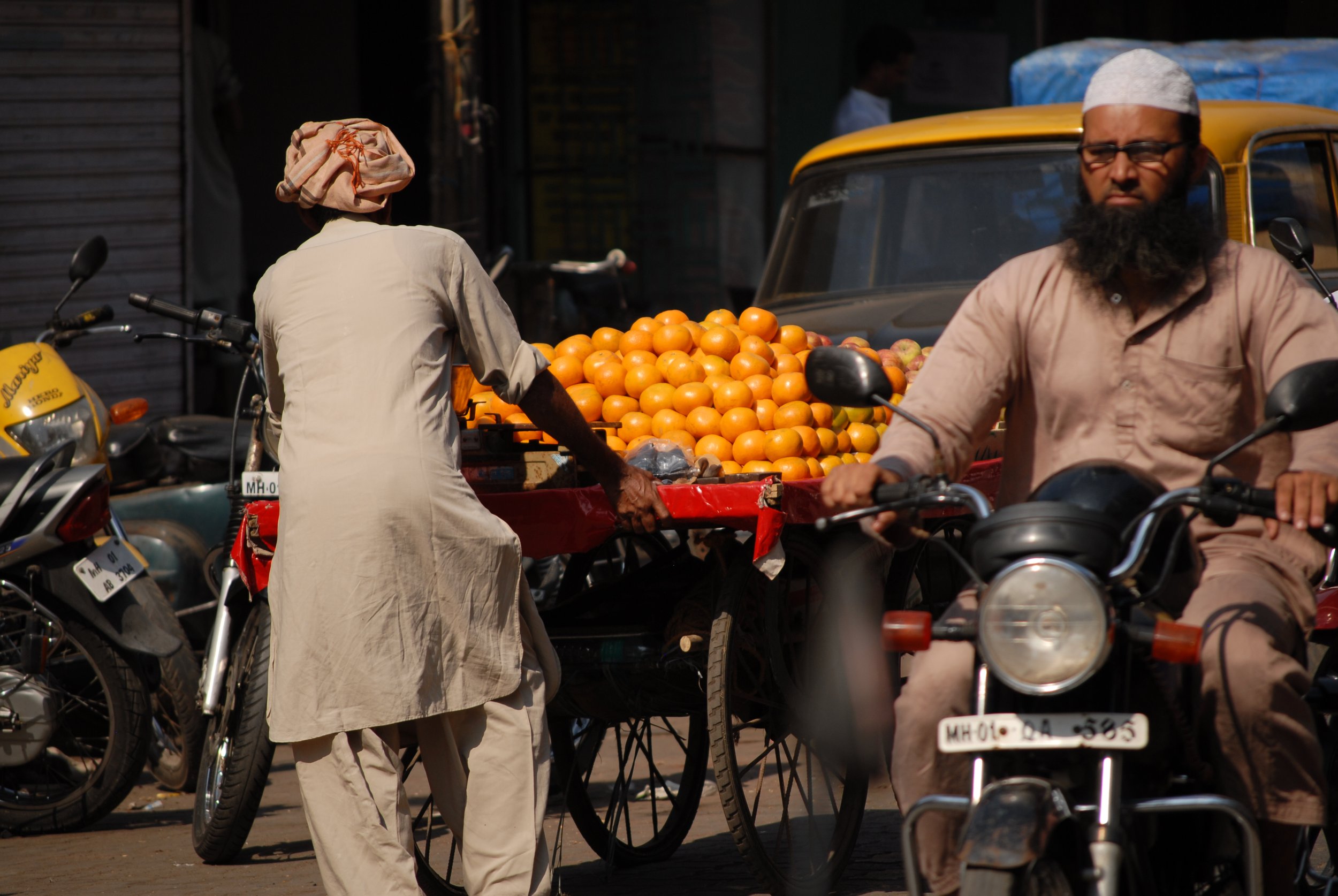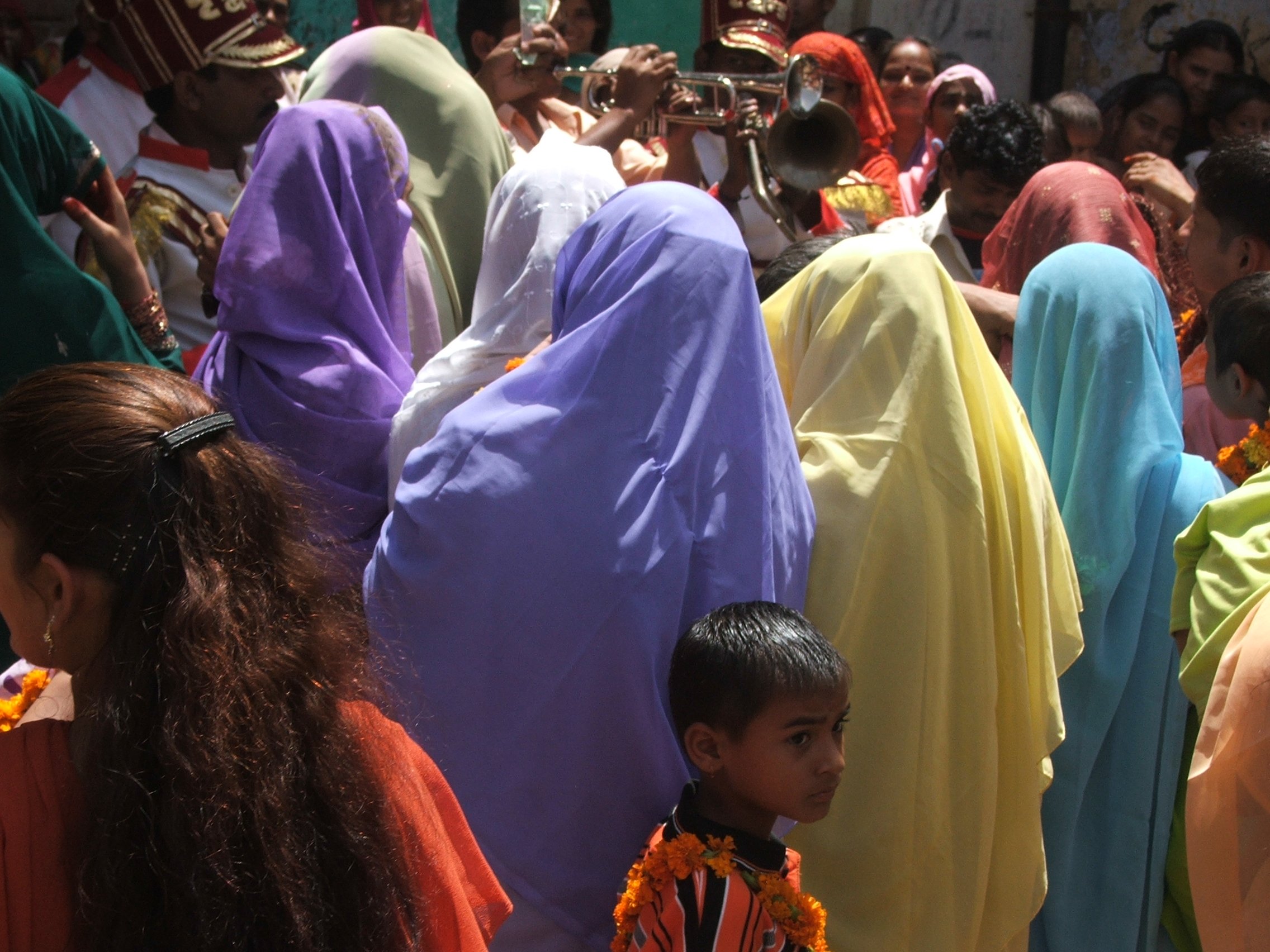Critical Urban Geographies at the Nordic Geographers Annual Meeting 2013
NORDIC GEOGRAPHERS ANNUAL MEETING
Reykjavik (11-14th June 2013)
This year is the first time that I will attend the Nordic Geographers' Annual Meeting taking place in Reykjavik from 11th-14th June 2013. I am really excited to be participating in two different sessions as well as chairing the ACME Inaugural Lecture there. Both my session contributions stem from current and new research interests around urban life, citizenship and critical visual methodologies. This will also be the first time that I will screen my documentary film on Byculla, Mumbai.
Session 1: Participatory photography and film-making: Critical research tools of urban citizenship in London and Mumbai. (12th June 17.00-18.30)
 Photo by Polish participant on home, migration and belonging © All rights reserved
Photo by Polish participant on home, migration and belonging © All rights reserved
 Byculla in Mumbai. Photo: Rohit Madan. © All rights reserved
Byculla in Mumbai. Photo: Rohit Madan. © All rights reserved
This paper explores the notion of urban citizenship and belonging through an explicit focus on the potential of visual methodologies as critical research tools in this process. It examines the relevance of two methods – first participatory photography in narrating East European migrants’ embodied and material everyday lives in London, and second film-making to represent the spaces of otherness and exclusion among minority Muslim communities living in the inner-city neighbourhood of Byculla in Mumbai. Participatory photography as a tool of data collection destabilises traditional urban pictorial/documentary approaches and relocates the participant as the everyday observer-subject in the city. It highlights embodied connections between urban and transnational mobilities; and present participants’ constructions of affective spaces in the global city where they begin to negotiate home and belonging. Film-making on the other hand, works during the dissemination phase of research as an advocacy tool for minority groups making claims of the state for rights, justice and urban citizenship. By including dialogue with stakeholders and wider publics through film-screening workshops and social media, film-making acts as an iterative tool for capacity building and the development of ‘critical consciousness’ among marginalised social groups in the city, which will then enable them to engage in deeper participation and campaign for change. The paper concludes that while critical visual methodologies are a crucial means to investigate notions of difference and belonging in the city, they are also most effective when used appropriate to the context, goals and stage of the research itself.As part of this presentation I will also be showing a trailer for a short documentary I am making on this neighbourhood in Mumbai.
Session 2: Violence of/in the Home: Gendered bodies and law in a Delhi slum. (13th June 10.30-12.00)
 © Photo: Author. All rights reserved
© Photo: Author. All rights reserved
This paper explores the violence of law in the squatter home deemed as ‘illegal’ and waiting for demolition by the state. This is set in the context of a series of court rulings in India since 2000, which criminalised squatters and labelled them as ‘pickpockets’ of urban land, as ‘illegal citizens’ and hence subject to demolition of their homes. Based on over 80 interviews with men and women in a Delhi squatter settlement, this paper examines how anxieties over the material annihilation of this home produces encounters with a violence of law through the corporeality and performance of gendered and sexed bodies within the home. This paper explores how a state based violence of law is related to the violence in the squatter home, how sexual and intimate relationships within the family are shaped by the founding and maintaining violence of law and how encounters with law in the public realm transform notions of intimacy and justice within the squatter home. This paper concludes that as the rule of law marginalises and criminalises squatters within the urban public realm, the use of law is rejected within the home to assert the moral authority of the family over ‘unruly’ bodies and their transgressions across the boundaries of home. Violence over gendered bodies then is normalised as a mundane aspect of everyday family life, while affective forms of justice form the only ways to subvert forms of power and demand equity in gender relationships within the home.

